
Mount Fuji (Fuji-san) is one of the most iconic symbols of Japan! It is Japan’s tallest and most sacred mountains! Mount Fuji and the Lake Kawaguchiko area have become major tourist attractions, in fact Mount Fuji has been the motif depicted in postcards, travel brochures, artwork and poetry since antiquity and is the first thing that comes to mind when you think of Japan!
Mount Fuji is a shy mountain, hiding behind clouds and showing up only 80 days in a year which means the probability of actually seeing this mountain is about 20%! [Boohoo!] However, with a little bit of planning and a little bit of luck, you could increase your chances of seeing this mountain in its full glory… aaaand as a completely professional human equipped to help you I am going to tell you how! [wears glasses…without which I would probably have mistaken a garbage can for a child! ALSO NO! I DON’T USUALLY TALK TO GARBAGE CANS, pulls my chair closer to the laptop which brings me closer to you, imaginary person that I made up!].
So If you are planning your holiday months ahead like Rajesh and I, then we recommend you either try to be flexible with the dates, so you can choose the day you travel to Mount Fuji depending on the weather and cloud forecast. A cloud forecast of 10% or below is good!
If you are on a tight schedule like we were, and being flexible is not an option, we recommend you spend at least 2 days in the area, increasing your chance to see Mt Fuji! (Unless you have really lousy luck because you probably didn’t forward that one email chain to 50 of your friends and are cursed with bad luck for eternity! In that case, we are sorry, you are screwed! But hey, look at the bright side..you never know what worse luck your bad luck has saved you from eh??? To break the cycle of bad luck, we recommend you share this blog with 1000 people in the next 5 seconds! If you don’t share this you will be attacked by a mad cow and thrown into a pile of dung! This isn’t like the other fake chain messages that you see on the internet, THIS IS ABSOLUTELY, ONE HUNDRED PERCENT TRUE!!!!! Oh! And accidentally just sharing it with only 2-3 people will kill you instantly! Thank you for complying!) Another pro tip: Plan your trip during the winter season, the sky is much clearer then!
Rajesh and I spent a day and a half in the area, we stayed in a Ryokan (traditional Japanese inn) and were fortunate enough to be able to see Mt Fuji during our stay here! The Fuji-san region is gorgeous with it’s pristine lakes and hills, a perfect place for nature lovers. You could easily spend 3 days here and not run out of things to do!
What to do in Kawaguchiko:
- Visit the Chureito Pagoda – the iconic Mt Fuji viewing point
- Explore the ancient healing village of Saiko Iyashi-no-Sato Nenba
- Cycle around the five lakes region
Getting to Fuji Five Lakes from Tokyo:
The easiest way to travel from Tokyo to Mount Fuji is to take the highway bus unless you can teleport [NO! Drinking till you blackout does not count as teleportation!]. There are direct buses from Shinjuku station, Tokyo station and Shibuya. It takes around 2 hours and costs 2000 JPY.
Rajesh and I had a JR pass and hence we decided to make use of the JR trains. You can take the JR Chuo Line from Shinjuku Station to Otsuki Station. The journey takes about 70 minutes. From Otsuki Station, you will have to transfer to the Fujikyu Railway Line to reach Kawaguchiko. This takes about 55 minutes and is not covered by the JR pass. It costs around 1,140 JPY for a one-way ticket for one person!


However, it is totally worth every penny! Its main draw is its cuteness, it basically oozes cuteness with its cute decor and cute little treats. But if you aren’t into cute things, that’s OK too! [Pat pat]


Getting around the Lake Kawaguchiko Area:
For getting around the Lake Kawaguchiko Area, we recommend purchasing a bus pass. This gives you unlimited rides on the sight-seeing bus lines. You can find the PDF version of the bus map here. We used the green line in the PDF.
The pass costs 1500 JPY and is valid for 2 days! Even if you are staying in this area for only a day, we recommend you get the pass, it will still save you some moola! It is entirely possible to recoup the cost even on a day trip!
• Visit the Chureito Pagoda – the iconic Mt Fuji viewing point
Chureito Pagoda is one of the most instagrammed locations in Japan! It is easy to see why! It is a perfect spot to take a picture of the iconic Mount Fuji with a pagoda and cherry blossoms (if you visit during the Sakura season which is early to mid-April)! It can’t get any more quintessentially Japanese than this! And no matter when you go really, the sight is a stunner! Rajesh and I visited Japan in the Autumn of 2019 and we were still blown away!



Once you arrive at the bottom of the mountain, it’s a 400 step climb up to the viewpoint! Just so you know, I did walk up what felt like a million stairs and only cried twice!! YAYYY!! Climbing down is much easier and faster (especially if you come tumbling down!). Along the climb, you will see red tori gates and shrines! If you can resist the temptation, try not to look back at Mount Fuji till you reach the top! It is going to be a surreal moment! I Promise! [Enthusiastically thrusts out a thumbs-up sign]




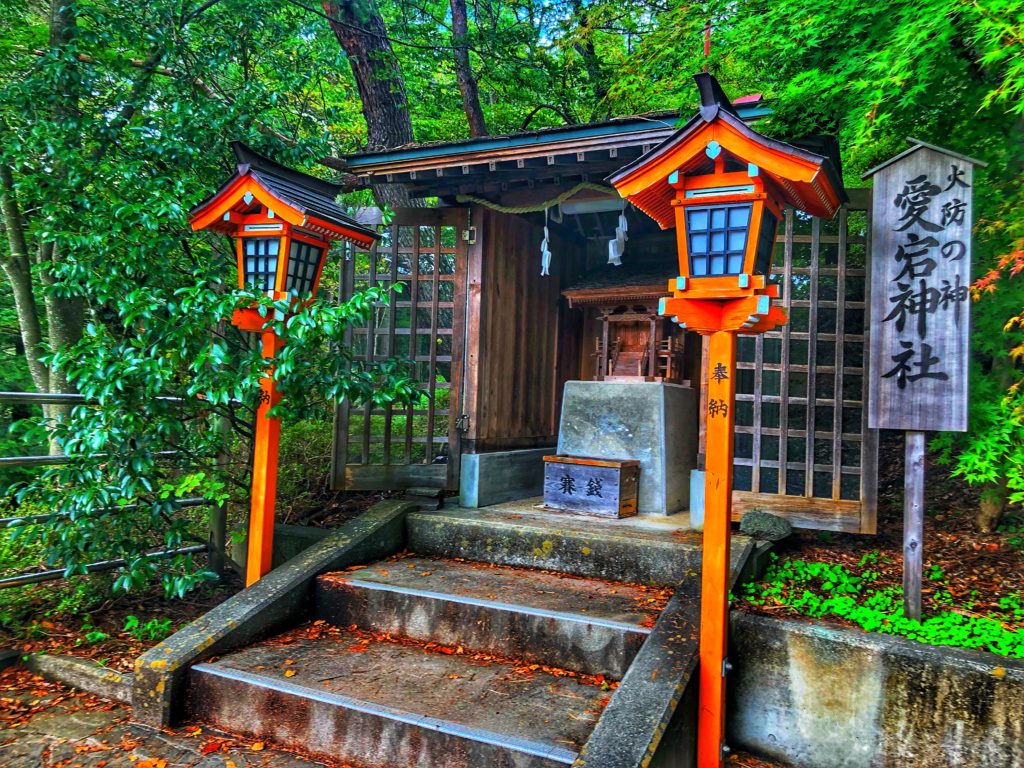
When Rajesh and I eventually got to the top, we sat there for the longest time, just soaking in the view. I can’t describe the feeling we experienced of just being there in that moment and watching the clouds drift by, it was like nothing we have experienced before!
Getting to Chureito Pagoda by train:
You can get to Chureito Pagoda by taking the Fujikyu Railway line from Kawaguchiko Station to Shimoyoshida Station. It takes about 10 minutes and costs only 300 JPY. From the station, it is a 1.1 km walk to the pagoda and takes about 15-20 minutes. There are signs everywhere guiding you to the pagoda!

You even see unmanned fruit stalls as you walk. They use the honor system, where you take a fruit and leave the money in a box! There is something so endearing about this system. No one steals the food or money left by other customers, even though, more often than not it’s just a cardboard box.

Japan has a fundamental inclination for honor and politeness. (Being polite is cool, always be polite to everyone! Even if they don’t like potatoes!) Even historically, respect for others and respect for rules is of the utmost importance, and that is why you get a society that has one of the lowest crime rates in the world. During our time in Japan, Rajesh and I had been extremely lucky to be on the receiving end of the kindness of random Japanese strangers throughout our trip, the memory of which will continue to remind me to be a nicer person (even when my mouth doesn’t cooperate!)
• Explore the ancient healing village of Saiko Iyashi-no-Sato Nenba
Rajesh and I had a quick lunch and got onto the green line sightseeing bus to visit the small, secluded historic village of Iyashi-no-Sato (which translates to “healing village”). This is stop 68 on the green line sightseeing bus. It takes about an hour to reach by bus and is probably one of the farthest places on the green line. But if you like off-beat travel and visiting lesser known places, then we would totally recommend this!


This historic village sits on Lake Saiko’s shores facing the famous Mount Fuji! In 1966, the entire village was destroyed by a landslide caused by a Typhoon! Now there are 21 reconstructed traditional thatched roof houses which look a little like Samurai Warrior Helmets which make up an open-air museum and traditional craft village! We spent the afternoon wandering around the village learning about Japanese culture and tradition, trying out origami (Rajesh was much better at origami than I was, however the same cannot be said about his folding abilities when it comes to clothes or sheets! Except for fitted sheets, they come out of the dryer already folded as far as I am concerned! They are sheets from hell that cannot be folded, unless you are a witch or a sorcerer or an origami artist? ), discovering the crafting secrets of hand-made paper and hand-woven fabric and having our minds BLOWN AWAY, leaving behind a shell of incompetence!
You can experience trying out your hand at traditional crafts here, sample the local cuisine and admire Mount Fuji from a different vantage point! The entry is only 350 JPY per person!


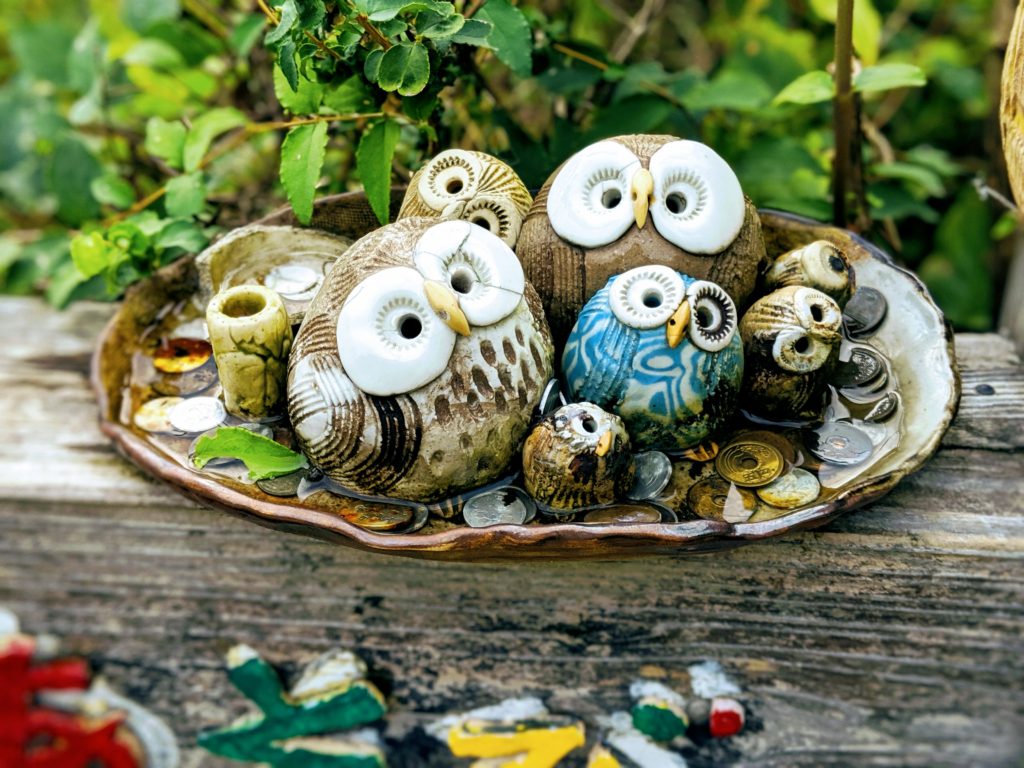

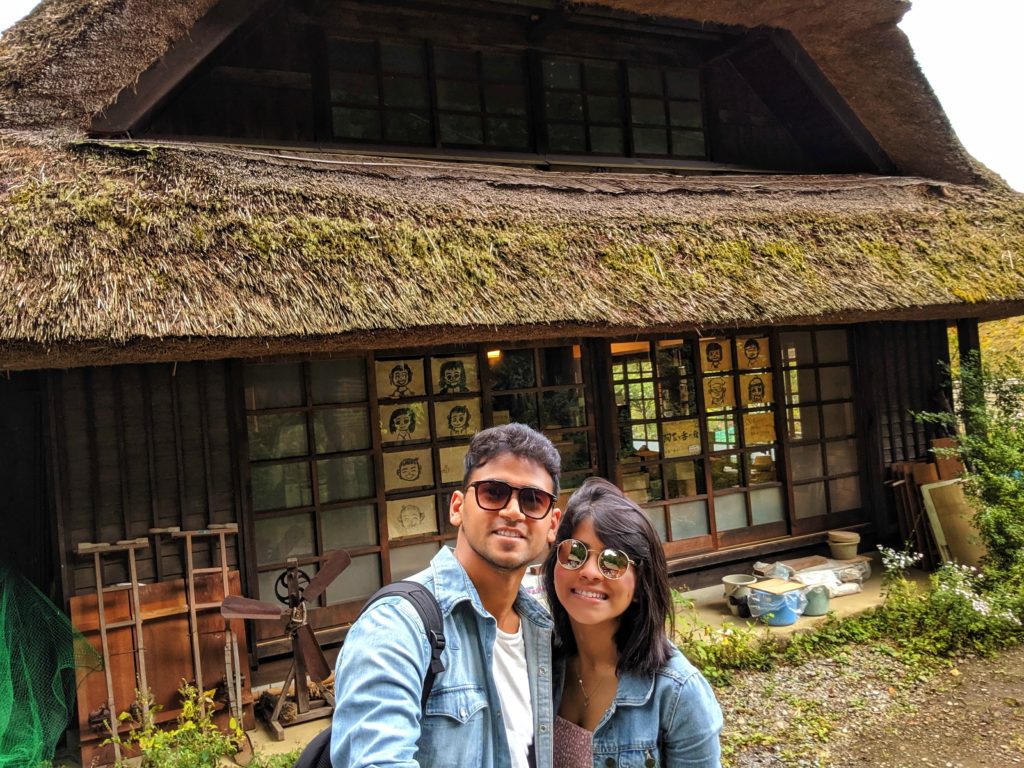

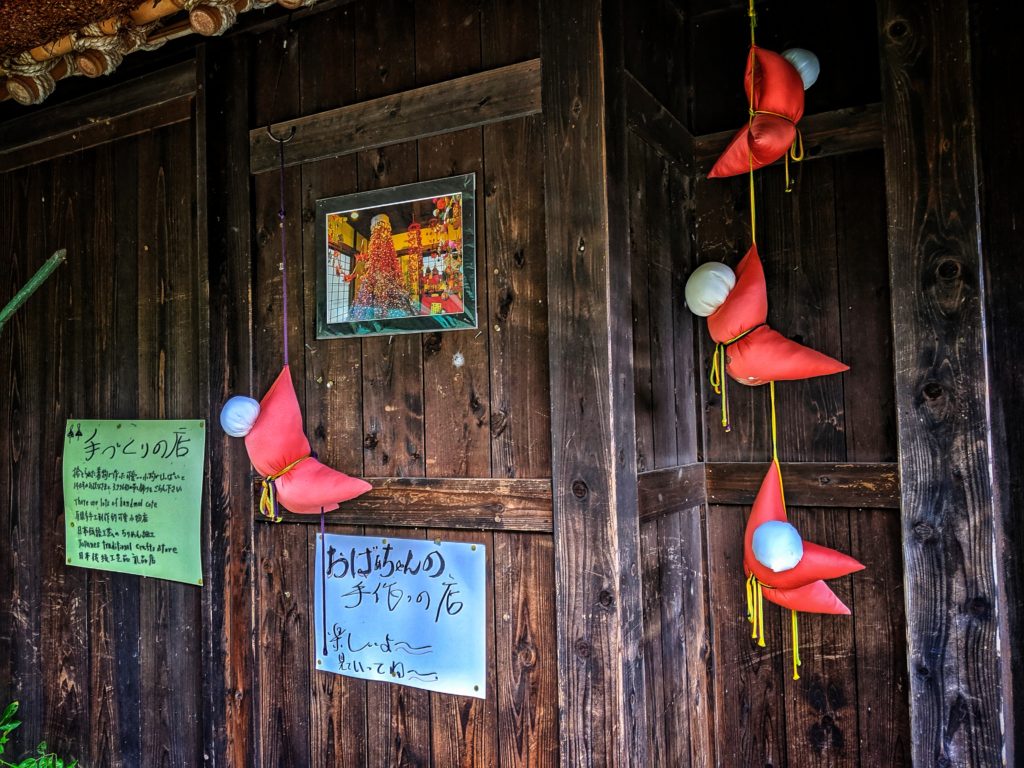




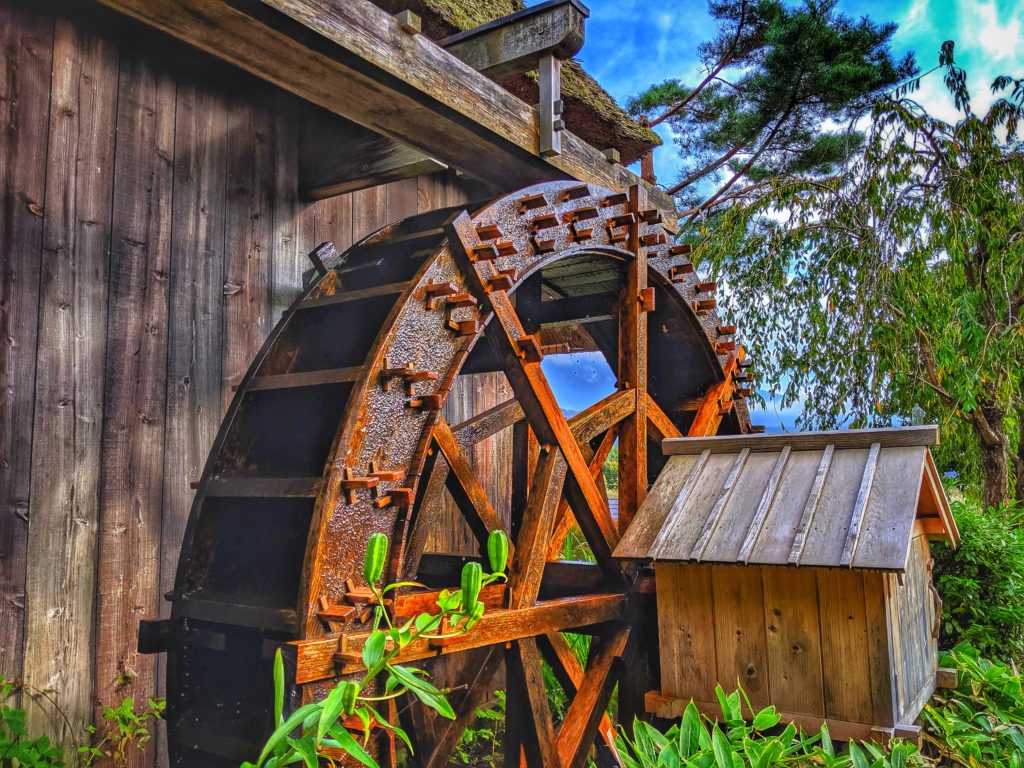

• Cycle around the five lakes region
The next morning Rajesh and I picked up our free cycles from our Ryokan! I had to pick a smaller bike since my midget-like legs prevented me from mounting the bike in a comfortable way. However, my size did prove to be optimal if I wanted to dangerously fall over after two seconds. There are biking trails that surround part of the lakes from where you can enjoy the lakeside and mountainous views along the way.
We had no agenda and spent our morning leisurely cycling around the area. We felt compelled to stop every 100 metres to take in the spectacular views and take some pictures!
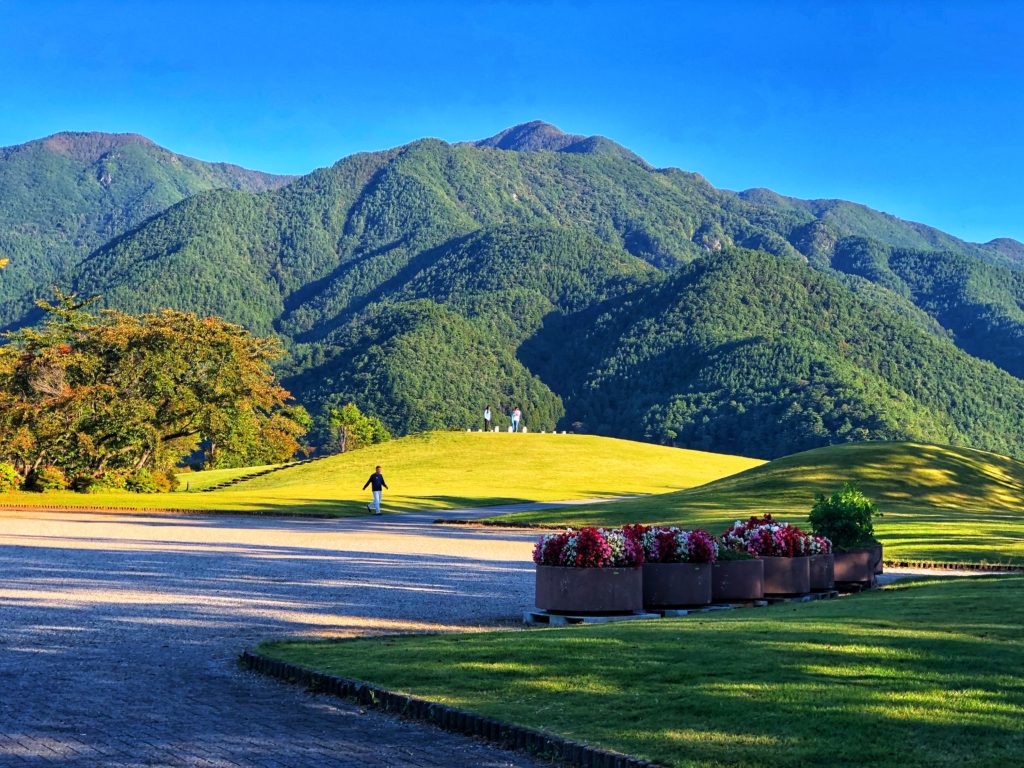
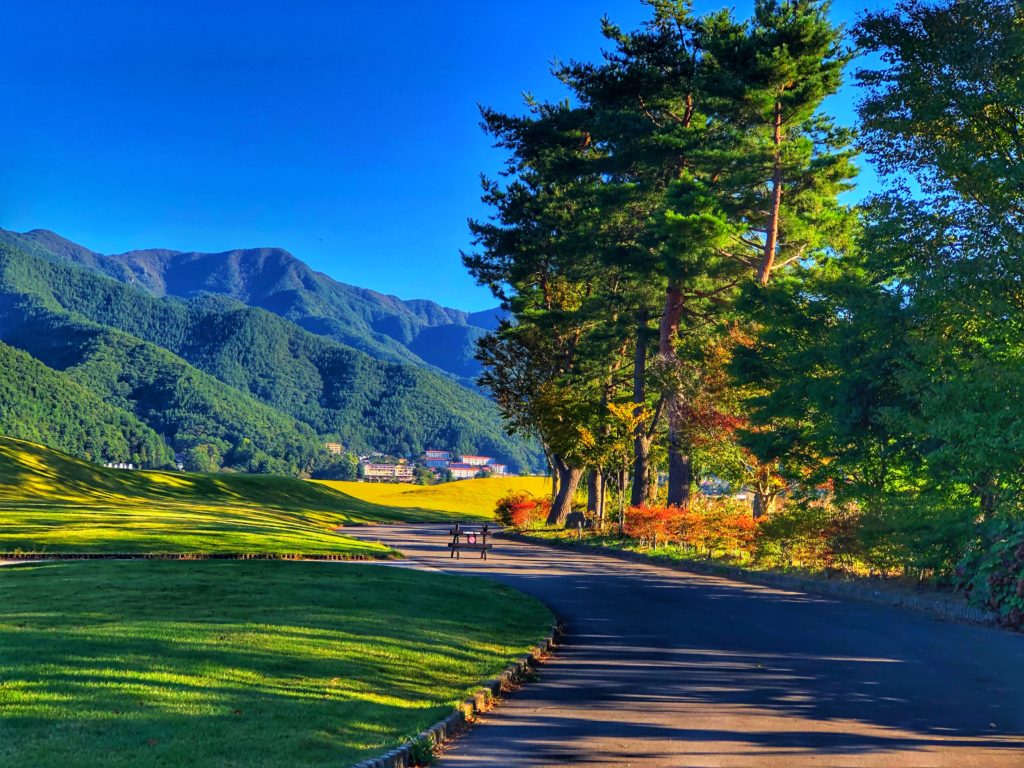





Where to stay:
While picking a Ryokan or a hotel, we recommend you make sure it is either close to the Kawaguchiko station or offers a free shuttle service to and from the station. This is extremely useful as there aren’t many taxis in the area!
Rajesh and I decided to stay at a Ryokan right by the Lake kawaguchiko! Staying in a Ryokan was quite different from staying at a hotel. You have a minimalist tatami-mat room with a futon bedding. You have to trade your shoes and clothes for a traditional Yukata robe and slippers! Most Ryokans have healing onsens (hot springs) too!



Where to Eat:
Since we spent only one night in Lake Kawaguchiko, Rajesh and I cycled to High Spirits Izakaya for some drinks and food the night we were there! It was a tiny izakaya which could seat 6 people at the counters which was where Rajesh and I sat! They had low dining tables and cushions on the tatami floor. A hot steamed towel (oshibori) is offered so you can clean your hands with it. Even though the vegetarian options were limited they were really good. We ate to the point of intestinal displacement. The service was speedy and almost eerily efficient. I barely noticed when my empty bowl of sake was refilled. GHOSTS DID IT. The people who worked here were also extremely nice and proud of their culinary abilities, or else they wouldn’t enthusiastically encourage you to eat more things. Not that you should need encouragement!



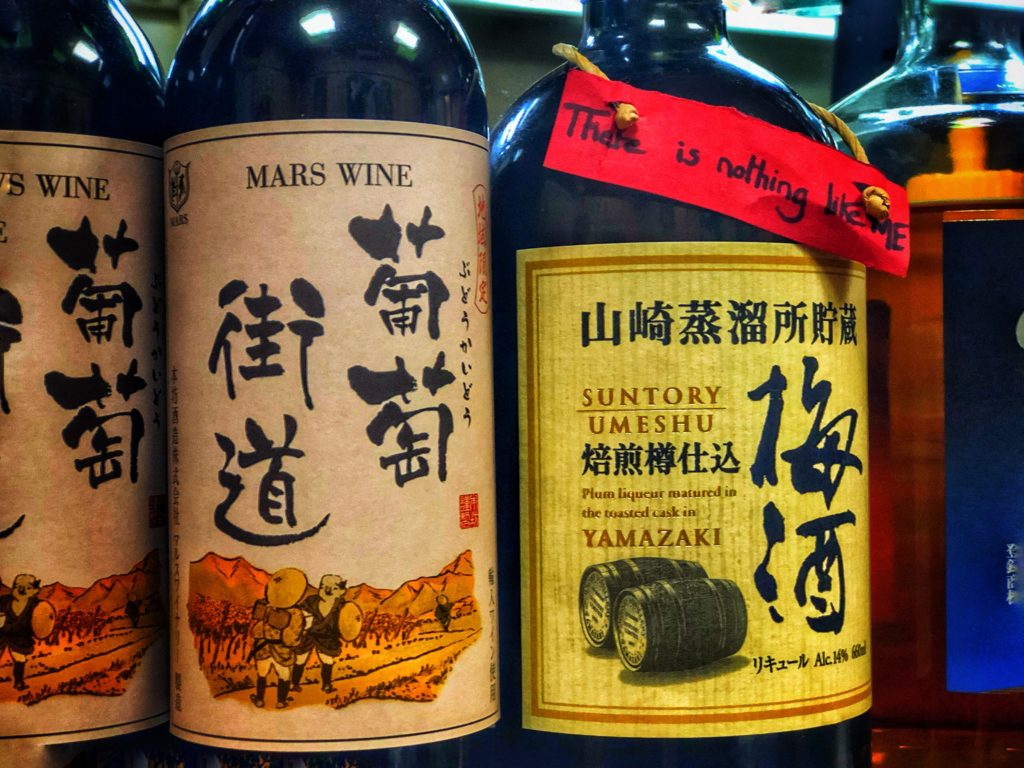
If you visit Japan in July or August, you could even climb Mount Fuji as part of your trip! We reckon it will be the most adventurous thing you could do here, just remember to not die! July and August is the official climbing season, outside of the regular climbing season, the weather is unpredictable and desolate. However, if you can, you must climb Mount Fuji and feel the way Japanese people do for their sheer will to conquer this beautiful mountain!

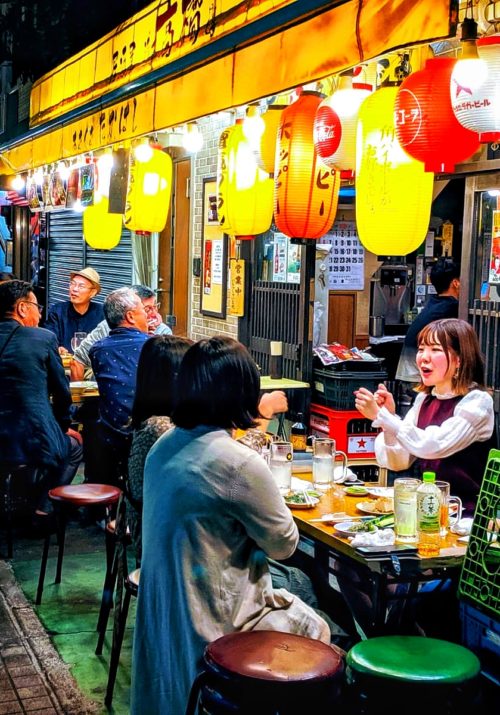


Great content! Keep up the good work!
Thanks for another great post.
Thank you for reading 🙂
Thx